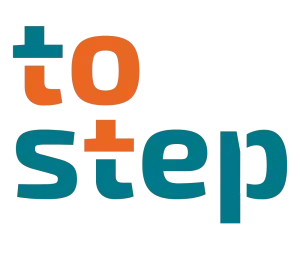[et_pb_section fb_built=”1″ _builder_version=”4.16″ custom_padding=”0px|||||” global_colors_info=”{}”][et_pb_row _builder_version=”4.16″ background_size=”initial” background_position=”top_left” background_repeat=”repeat” global_colors_info=”{}”][et_pb_column type=”4_4″ _builder_version=”4.16″ custom_padding=”|||” global_colors_info=”{}” custom_padding__hover=”|||”][et_pb_text _builder_version=”4.16″ background_size=”initial” background_position=”top_left” background_repeat=”repeat” global_colors_info=”{}”]
In our digital world, many companies try to get a more agile workforce to keep up with fast-changing market needs by introducing self-organizing structures and cutting back on established management practices. If you are part of such a change or planning one, continue reading to get an insight into the common misconceptions that we experienced in our work with global players that went down that road.
[/et_pb_text][/et_pb_column][/et_pb_row][et_pb_row _builder_version=”4.16″ background_size=”initial” background_position=”top_left” background_repeat=”repeat” global_colors_info=”{}”][et_pb_column type=”4_4″ _builder_version=”4.16″ custom_padding=”|||” global_colors_info=”{}” custom_padding__hover=”|||”][et_pb_text _builder_version=”4.16″ background_size=”initial” background_position=”top_left” background_repeat=”repeat” global_colors_info=”{}”]
Misconception 1: Removing a management layer is all it takes for self-empowerment.
A growing number of companies today experiment with creating more agility and market speed by removing a (middle) management layer and creating self-organized teams below.
Be wary of calling the transformation complete after the first bold step, namely after the management level was dissolved. The misconception is that the teams are now liberated from the direct and control approach. Finally, they are empowered to define and find their own path.
But are they really empowered? Two things are a pre-requisite if you are serious about empowerment:
1) Give them a budget and the freedom to decide upon it.
Don’t forget that money is an enabler for progress. As long as the teams do not have spending power up to a designated limit, they are unable to take decisions and act upon them. So instead of having a fast-paced workforce, you have teams that wait for upper-management to consider their topic worthy of their time to decide on spending a few thousand bucks to allow the work to continue. My assumption is that this scenario led Frederick Taylor to the introduction of middle management in the first place.
2) Support the team in building an entrepreneurial perspective.
In hierarchical organizations, information is flowing from the top to the bottom and vice versa, but also horizontally, between the managers on the same level. This allows managers to get aware of what is happening in other areas of the company and broadens their perspective from considering their silo only. They think entrepreneurial.
How could we expect a freshly formed self-organizing team to have the same oversight of the company and insight into other areas of the organization? It is the responsibility of the leadership team to ensure that self-managing teams grow this entrepreneurial perspective.
In a first step, make it clear which responsibilities are now with the team and mentor them in building the required capabilities so they can handle them responsibly. An effective way to identify gaps between the team’s current perspective and your expectations is to have the team present their responsibilities to you. This is highly informative on where implicit knowledge needs to be externalized or where responsibilities were misunderstood.
[/et_pb_text][et_pb_text _builder_version=”4.16″ background_size=”initial” background_position=”top_left” background_repeat=”repeat” global_colors_info=”{}”]
Misconception 2: Self-Organization equals total autonomy.
Does self-organization mean, that everyone is fully empowered to take all kinds of decisions for the company? That depends on the organization’s appetite.
The Hackman Authority Matrix below illustrates the spectrum of autonomy. What Hackman called “self-designing teams” back in 2002 is what is today mostly referred to as “self-organizing teams”. What he coined “self-governing teams” is what nowadays is called a “self-managed organization”.
Create the clarity for your organization, where you want to empower your employees and where the boundaries are.
[/et_pb_text][/et_pb_column][/et_pb_row][et_pb_row _builder_version=”4.20.1″ _module_preset=”default” global_colors_info=”{}”][et_pb_column type=”4_4″ _builder_version=”4.20.1″ _module_preset=”default” global_colors_info=”{}”][et_pb_image src=”https://www.tostep.com/wp-content/uploads/2023/09/hackman_authority_matrix-1.png” title_text=”hackman_authority_matrix” align=”center” _builder_version=”4.20.1″ _module_preset=”default” width=”80%” global_colors_info=”{}”][/et_pb_image][/et_pb_column][/et_pb_row][et_pb_row _builder_version=”4.20.1″ _module_preset=”default” global_colors_info=”{}”][et_pb_column type=”4_4″ _builder_version=”4.20.1″ _module_preset=”default” global_colors_info=”{}”][et_pb_text _builder_version=”4.16″ background_size=”initial” background_position=”top_left” background_repeat=”repeat” global_colors_info=”{}”]
Misconception 3: The right culture installs itself on its own.
The word culture stems from the Latin word “cultura”, which can be translated with “to take care of”. If you want a collaborative company culture, you must take care of it. You must have leaders who model desired behaviors and show employees how the company values are lived. Undesired behavior has to get called out immediately. General Stanley McChrystal uses the apt metaphor of having gardeners in the organization, that constantly keep on weeding out unwanted behavior, this way protecting the beauty of the garden.
If you restructure your organization, e.g. by forming self-organizing teams, but do not give them a uniting element like a purpose and / or vision to work towards, you are on the best way to have a lot of individuals that each go into their own direction. What you want instead is to have teams that collaborate to find their way towards given goals. Henrik Kniberg calls this sweet spot between Autonomy and Alignment “Aligned Autonomy”.
[/et_pb_text][/et_pb_column][/et_pb_row][et_pb_row _builder_version=”4.20.1″ _module_preset=”default” global_colors_info=”{}”][et_pb_column type=”4_4″ _builder_version=”4.20.1″ _module_preset=”default” global_colors_info=”{}”][et_pb_image src=”https://www.tostep.com/wp-content/uploads/2023/09/Kniberg_Aligned_autonomy-1.png” title_text=”Kniberg_Aligned_autonomy” align=”center” _builder_version=”4.20.1″ _module_preset=”default” width=”78%” module_alignment=”center” custom_padding=”||0px|||” global_colors_info=”{}”][/et_pb_image][et_pb_text _builder_version=”4.16″ background_size=”initial” background_position=”top_left” background_repeat=”repeat” global_colors_info=”{}”]
Misconception 4: There is a method to make organizations agile
Methods are templates to solve complicated (blue) problems. They come from the industrial age, where they were a key for efficiency because they could be applied to solve re-appearing problems through standardization.
Our present markets are characterized by high complexity (red world). Most problems organizations face today vary too much from each other to aim for a standardization in their solution. Instead, a company set-up is required that deals with new problems quickly and effectively. But here is the crux: You cannot go ahead copying another company’s solution for agility and expect the same results. Oftentimes the Spotify Model is glorified as the archetype for an agile organizational setup. However, Spotify itself says it is not strictly adhering to the model and keeps on changing and evolving from it.
Every organization must find its own solution for more agility. As organizational developers we accompany the process of redesigning the organizational structures with tools for complex environments, complexitools. These are mental models, theory if you will, that spark ideation processes. Because the key for agility is creativity- which requires humans as the on earth that can come up with innovative ideas (… at least so far). Our work happens on different flight levels: from working with the top management on establishing the overall vision, over working with teams to enable effective self-organization to coaching and mentoring individuals towards taking over more .
[/et_pb_text][/et_pb_column][/et_pb_row][et_pb_row _builder_version=”4.20.1″ _module_preset=”default” global_colors_info=”{}”][et_pb_column type=”4_4″ _builder_version=”4.20.1″ _module_preset=”default” global_colors_info=”{}”][et_pb_testimonial author=”Karin Hochsticher” portrait_url=”https://www.tostep.com/wp-content/uploads/2023/09/Profile_Karin_bw_klein.jpg” _builder_version=”4.20.1″ _module_preset=”default” global_colors_info=”{}”]
Creating more agility needs creativity and a clear vision or purpose of the desired future. It does not install itself on its own, simply by removing management structures. Get in touch to speak about your individual challenges and how we may support your transformation.
[/et_pb_testimonial][/et_pb_column][/et_pb_row][/et_pb_section]

